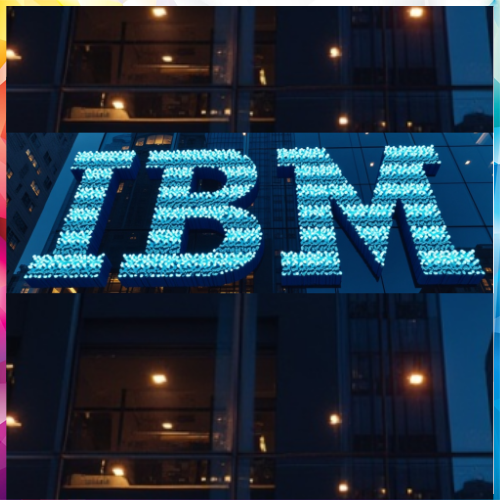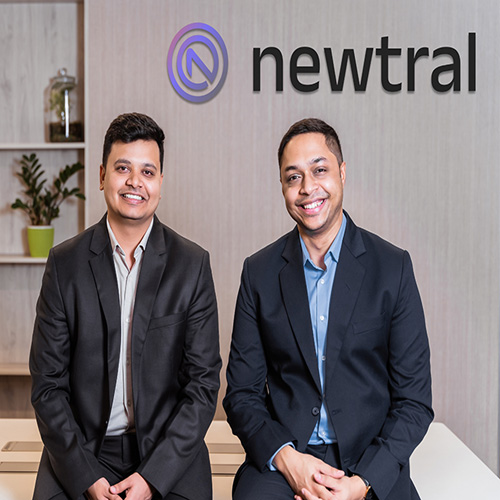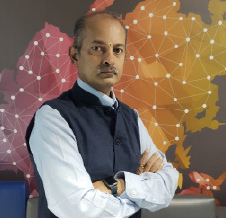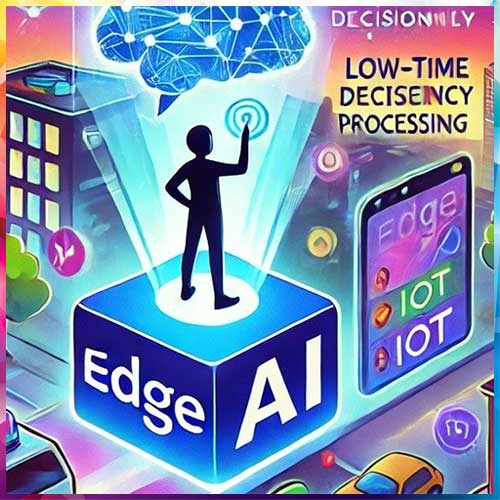Security As A Service: Gaining momentum
2014-01-22Jagdish Mahapatra,
Managing Director,
McAfee India and SAARC
Today security as a service isn’t just a trend. Security as a service or Cloud Security service is here, and it’s here to stay. When it comes to Security as a service, there are a number of benefits for customers. With the adoption of Security as a service customers don’t have to worry about expensive on-premises hardware. Now it has been well established that adoption of the cloud can go a long way in increasing business productivity in various ways.
“To combat the problem of advanced malware, many organizations are relying on their legacy security products or using stand-alone malware products that are not integrated with the rest of the environment. Hence there is a need to adopt advanced threat defence solutions to respond to attacks faster and seamlessly move from analysis to protection and resolution,” says Jagdish Mahapatra, Managing Director, McAfee India and SAARC.
Disaster recovery As a Service
Symantec’s SMB DP survey found that one in two Indian organizations that adopted the cloud experienced improvements in disaster preparedness. “Cloud-based services are gaining interest and traction in the Indian market due to reduced costs, flexibility, strong SLAs that guarantee that RTOs and RPOs, and reduced management overhead so Indian organisations are extensively adopting DR-as-a-Service,” says Huzefa Motiwala, Regional Head, Technology Sales, Symantec.
 |
| Huzefa Motiwala, Regional Head, Technology Sales, Symantec |
 |
| Anand Ramakrishnan, Business Head- Infrastructure Management Services, Cloud & Microsoft Business Unit, HCL Infosystems |
 |
| P Sridhar Reddy, CEO & Founder, CtrlS |
Disaster Recovery is important for everyone. Though not specific to the size of company or industry, it is an opportunity SMBs are looking for. “While DRaaS is an advisable solution for any organization, the specific set of businesses to benefit from it can be SMBs, since they are usually not in a financial situation to support their own infrastructure,” says Huzefa of Symantec. DRaaS gives them an option to establish some form of back up, as opposed to standing the risk of losing all their data in case disaster strikes. Besides, information is an asset for these organizations and they do not tend to realize it. Operating on a small scale doesn’t mean reduced damage in case the data is lost. This data needs to be protected, backed up and restored as in any organization.
As technology and networks grow in complexity, there is a chance for more threatening situations to affect organizations. For this reason, a typical enterprise is likely to spend a large chunk of its Information Technology budget on disaster recovery. Traditional Disaster Recovery Plans (DRPs) come riddled with costs. It is safe to say that an in-house DRP is expensive and practically inaccessible for small and mid-range businesses. DRaaS allows for a customized, subscription based and need-based service. “SMBs can benefit from the cloud based DR model as this reduces the need for Data Center space, IT Infrastructure and IT resources etc., which leads to reduction in costs and the implementation becomes easy,” says During the past few years in India, the DRaaS market has rapidly evolved from a traditional DR Cap-ex Investment model to a Cloud based DR model due to the emergence of several pure play Cloud providers. “Large managed service providers like HCL Infosystems are collaborating with technology vendors like Sanovi to provide customers with the best in class DRaaS solutions, “ says Anand Ramakrishnan, Business Head- Infrastructure Management Services, Cloud & Microsoft Business Unit, HCL Infosystems.
“Stringent regulatory compliance in some sectors as well as investor demand for stronger risk management has made BCP an imperative for organizations. These factors will also drive the DRaaS market in India,” says Anand Ramakrishnan.
Increasing threats to business continuity like natural calamities, data theft and other catastrophes make it imperative for every Organization to have a BCP in place, irrespective of Industry or Location. “DRaaS provides a lot of value to the BCP portfolio as it gives a cost advantage and offers flexibility of data recovery within minutes or seconds. Further, this leads to predictability in cash outflows which is a huge advantage for every Organization,” says Anand Ramakrishnan.
Any technology-dependent business that would be affected by downtime should go for a cloud-based Security as a service. This includes companies from verticals like BFSI, e-Commerce, Telecom, Infrastructure, Media & Entertainment, Manufacturing, etc. Business Continuity Experts state that even small and regular outages affect profits of a business and shake customer confidence. A 24-hour disruption decreases the chance of a company’s survival by 50%. A 3-day disruption could close down a business completely.
Past perceptions required every new technology implemented to have a positive ROI or reduce costs. While cutting costs is still a priority, it is not all the reason why companies deploy innovative solutions. “DRaaS is one among the solutions that ensure the very survival of a business, during times of calamity. As cybercriminals become more sophisticated and natural / manmade disasters continue to threaten companies, decision makers need to have innovative backup strategies in place,” says P Sridhar Reddy, CEO & Founder, CtrlS. CtrlS is among the first companies in India to offer DR on Demand. DR on Demand is an offering that was born out of the insight that most assets invested in by a company are used only in the face of calamities. “The DR on Demand is a pioneering concept that has changed the way enterprises look at DR. It ensures that our customers enjoy the critical functionalities of a complete DR site, at a fraction of the cost. The savings is certain instances are as high as 40%,” adds P Sridhar Reddy.
The reseller community can lead the way in assisting Indian SMBs in managing their technology needs better. Partners play a crucial role in providing the right guidance for business-owners in protecting their information from physical and digital disasters in the right manner. Particularly in emerging cities, the role of the channel bridges the customer’s need with the relevant solution. The good news is that technology trends c an provide a great deal of assistance in information protection.
Leaders in the channel community in India are taking advantage of the developments in the security landscape to advise their customers on technology deployments, thereby also growing their own business and generating revenues – a win-win situation for all that leads to improved protection of business information in India.
Finally…
As organizations deal with downtime due to disasters, storage failures, network issues, maintenance or power outages, they need an off-premise solution that provides fast recovery to keep their applications and data available to users.
edit@varindia.com
See What’s Next in Tech With the Fast Forward Newsletter
Tweets From @varindiamag
Nothing to see here - yet
When they Tweet, their Tweets will show up here.





























